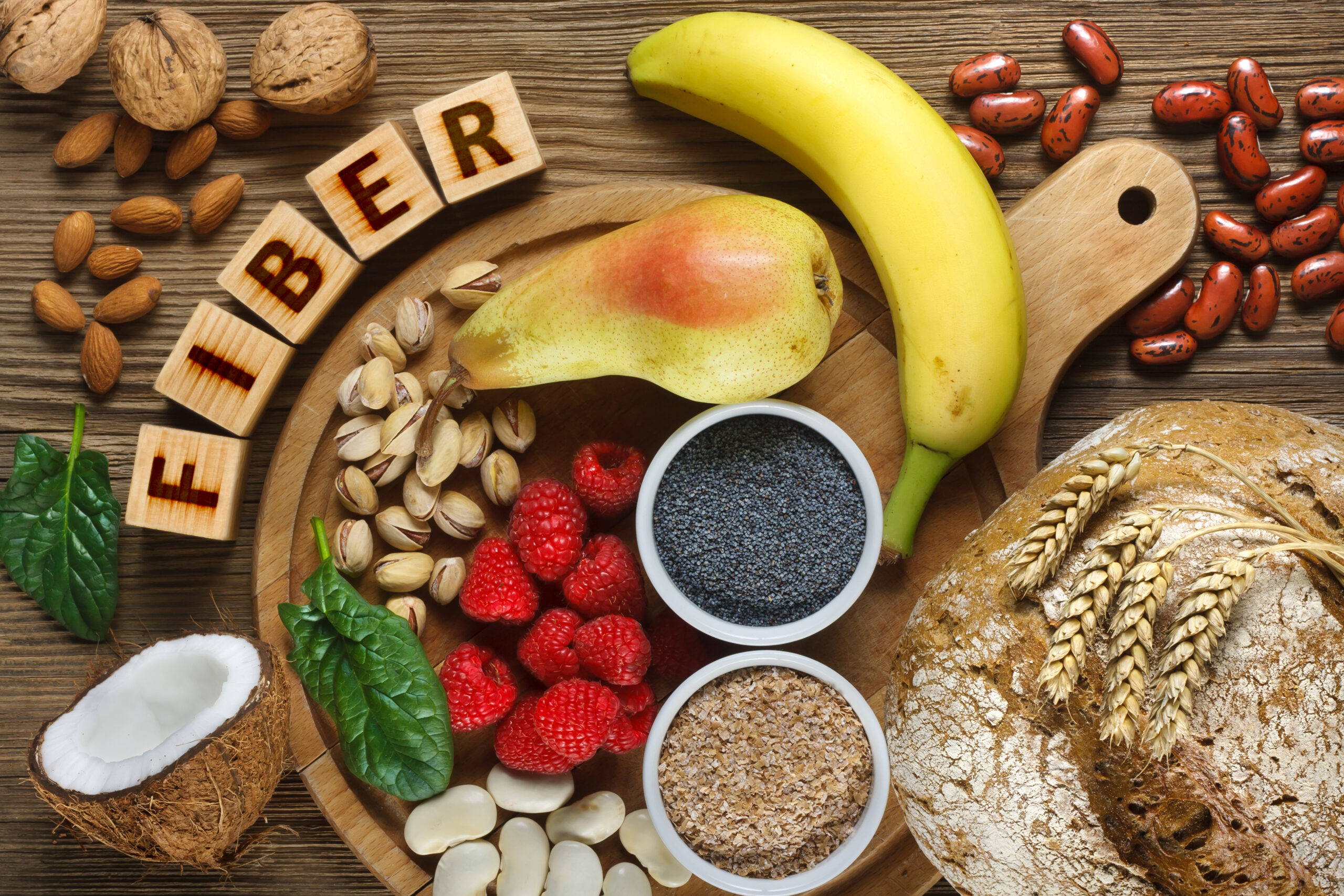Table of Contents

Fiber, the humble nutrient often overshadowed by trendier dietary darlings, quietly works wonders in our bodies.
This unassuming powerhouse deftly calibrates our digestive machinery, influencing whole-body health in ways that continue to astound experts.
Soluble vs Insoluble Fiber
Dietary fiber is divided into two main camps: soluble and insoluble. While both play indispensable roles, they each bring their own unique talents to the table.
Soluble fiber, the dissolvable dynamo, morphs into a gel-like substance when mixed with water, putting the brakes on digestion. This slowing effect helps even out blood sugar spikes, slash cholesterol levels, and keep hunger at bay. You'll find this overachiever lurking in:
- Oats and oat bran
- Barley
- Legumes like beans, lentils, and peas
- Fruits like apples, citrus, and berries
- Vegetables such as carrots and Brussels sprouts
In contrast, insoluble fiber doesn't dissolve. It adds bulk to stools and keeps things moving smoothly through the digestive tract. Found in:
- Whole wheat bread and pasta
- Nuts and seeds
- Produce with edible skins, like potatoes and green beans
- Leafy vegetables, celery, and cucumbers
Fiber's Gift of Fullness
One of fiber's most underappreciated assets is its ability to satisfy. Both types absorb water, creating a sense of volume that subdues hunger. Soluble fiber's gel-forming capacity prolongs this effect.
Calorie restriction often backfires. Fiber offers a gentler approach. High-fiber foods tend to be nutrient-dense and calorically lightweight, making it easier to maintain a healthy weight without feeling deprived.
Busting Fiber Fears
Despite fiber's many virtues, misconceptions persist. Some fear bloating and gas, while others avoid fiber due to digestive conditions like IBS. However, slowly ramping up intake and staying hydrated can ease discomfort.
For those with specific sensitivities, a registered dietitian can provide tailored guidance. But for most, fiber's benefits far outweigh any transient side effects. The key is to start low and go slow.
Fitting in More Fiber
Nutrition labels and the popular press tend to lump all fiber together. But for optimal health, variety is vital. Aim to include both soluble and insoluble sources throughout the day:
- Sprinkle oat bran and chia seeds into yogurt or smoothies
- Snack on an apple, pear, or nuts between meals
- Opt for baked potatoes, skins included, in place of refined starches
- Toss berries and chopped cruciferous veggies into salads
- Simmer hearty lentil soups and stews for soluble fiber
Fiber's talent for filling us up can backfire in excess, blocking absorption of key minerals.
But for most, there's ample room for improvement. Small, sustainable shifts, like swapping white bread for whole grain, build over time.
The trick is to gradually weave a colorful variety of fiber sources into your diet. In this arena, small changes yield powerful returns.
AD
Most Recent
AD
